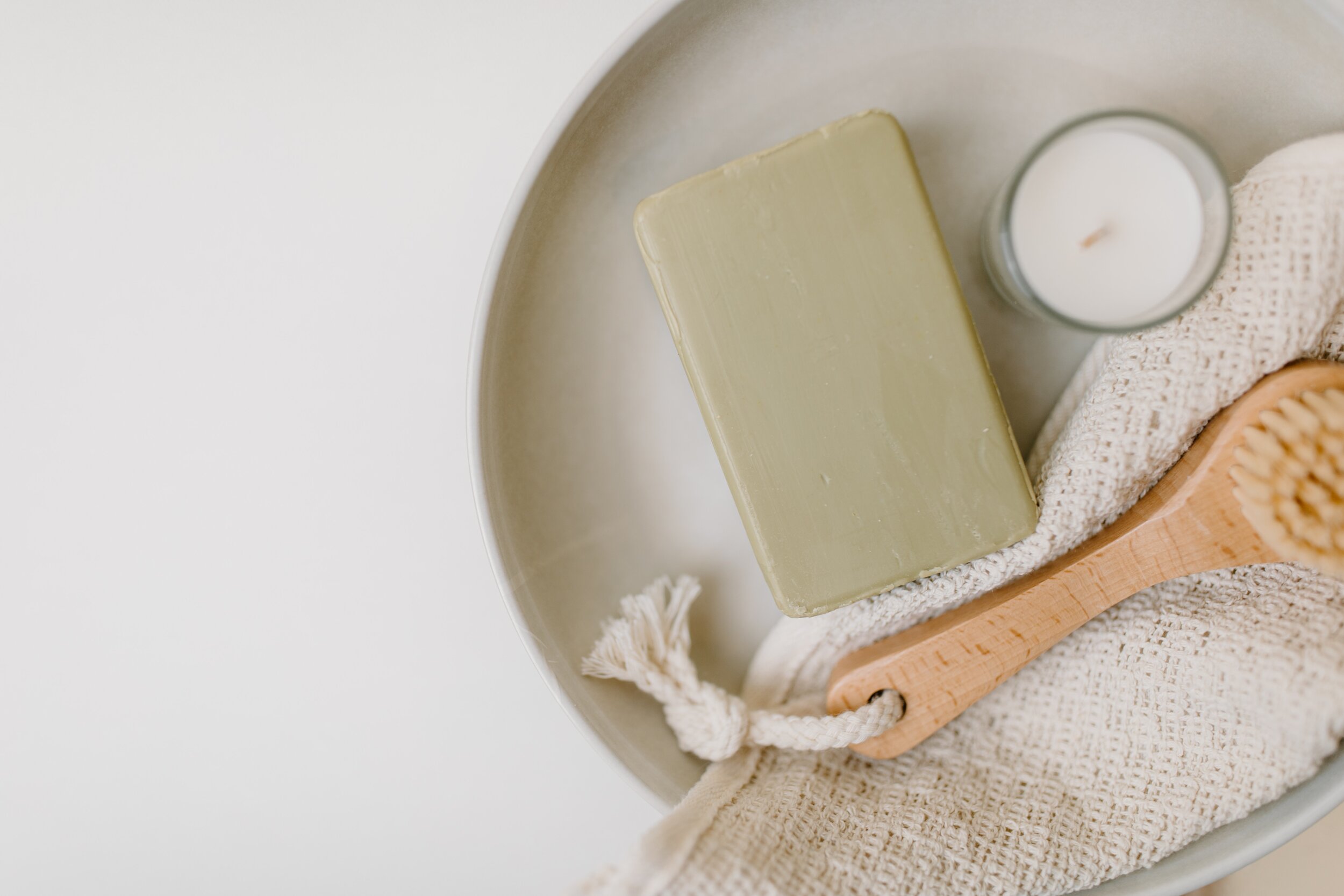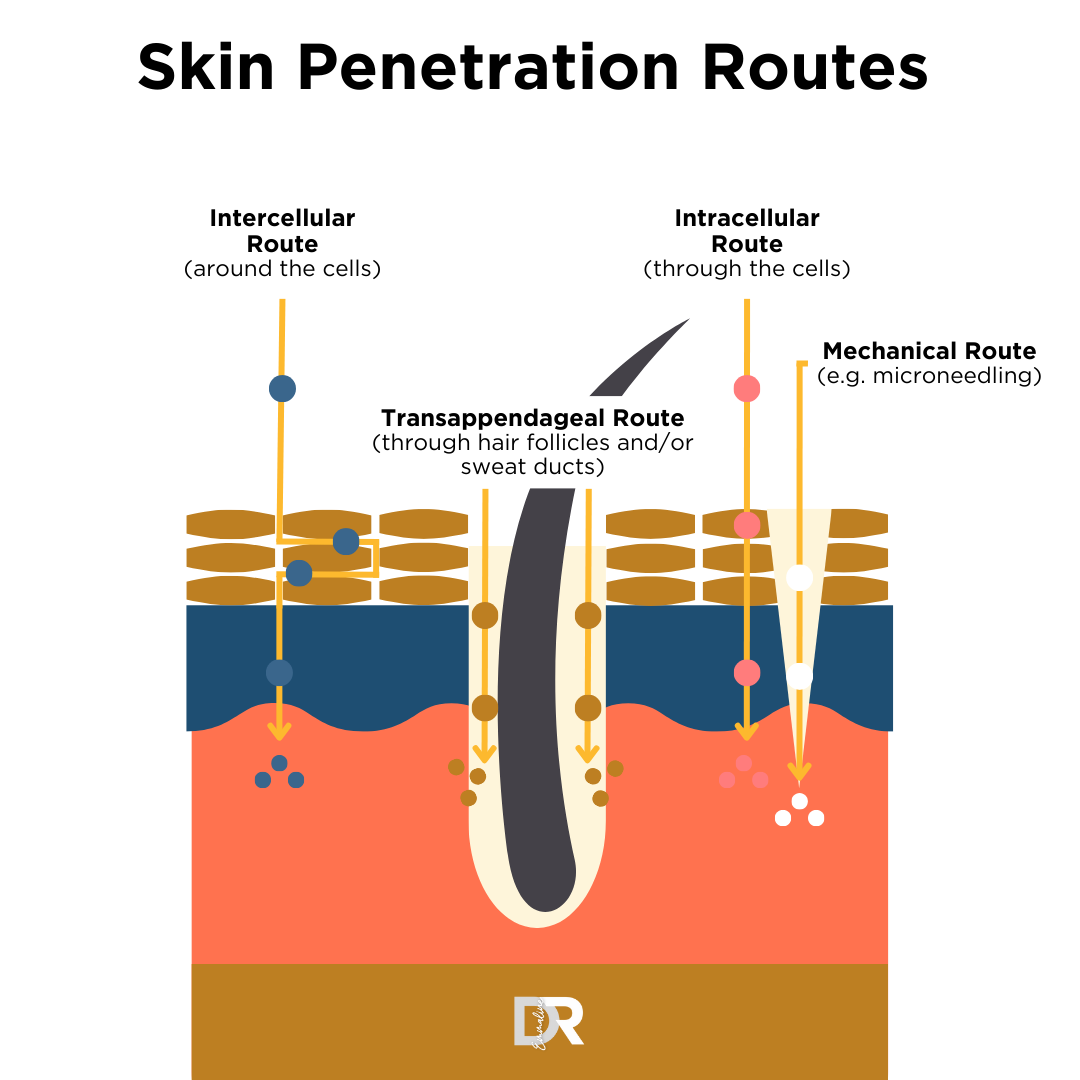The Basics of Exfoliation
Exfoliation is one of those cornerstones of good skincare, but it’s something that is so easy to get wrong and can be very confusing for beginners. It’s one of those things that - when done correctly - can transform your skin into looking smoother, clearer, and fully rejuvenated.
So let’s learn the difference between physical and chemical exfoliation, and learn the basics of adding exfoliation into your skincare routine.
What is exfoliation?
To truly understand exfoliation, it’s useful to remember the basic structure of the skin. Remember that the top layer of our skin is called the stratum corneum, and consists of a thin layer of dead cells that acts as a barrier. This barrier is constantly replenishing itself, but as we know from the science of skin ageing, as we get older this cycle becomes longer and longer - leading to wrinkles, clogged pores, and dull tired skin.
What is the Difference Between Physical and Chemical Exfoliation?
Physical exfoliation involves mechanically scrubbing away that outer layer of dead skin cells. It does give you immediate results, however it is very easy to overdo it and damage your skin barrier.
Different Types of Physical Exfoliation
Scrubs - these contain scrubbing particles will act as your mechanical exfoliant, and must be washed off after your finish. This includes things like plastic microbeads (which are not environmentally friendly) and jojoba beads, or substances like coffee grounds, apricot kernels, or oatmeal.
Peeling Gels - these contain scrubbing fibres, and are popular in Asian skincare.
Wash Cloths - these are a common tool used in physical exfoliation. Popular products are microfibre cloths for cleaning the face.
Brushes - these can be manual or automatic, and are used across the skin to remove the outer layer of skin.
Sponges - these are also popular products used to rub away the outer layer of skin.
Chemical exfoliation involves using some clever science by applying a skincare product that can loosen the connection between the dead skin cells on your top layer, allowing them to slough off.
The main advantage of chemical exfoliation is that it tends to be a gentler and safer option over physical exfoliation, and these chemical formulations will often have other benefits.
Different Types of Chemical Exfoliation
Hydroxy acids - these includes both alpha hydroxy acids (AHAs), beta hydroxy acids (BHAs), and the newer polyhydroxy acids (PHAs). As well as acting as exfoliators, they can improve the appearance of fine lines and wrinkles. They are really a beautiful and versatile tool, and brands like NeoStrata have fully harnassed their power in medical-grade skincare.
Retinoids - these are an anti-ageing powerhouse, and a skincare ingredient we have covered before. They are excellent at skin cell renewal.
What do I Need to Know to Get Started with Exfoliation?
Choose the right exfoliant for your skin
It may be tempting to jump in and go for the strongest exfoliation you think you can tolerate so you can get fast results, but this shouldn’t be the case. Over-exfoliation is quite an easy thing to do, and we need to remember that we need to respect and protect our skin barrier.
Use it with an SPF
Look, I want you to use SPF every single day anyway, but if you are exfoliating every morning you definitely should not forget your sunscreen. If you are using AHAs on your skin, your skin will be more photosensitive, and you need to make sure you are protecting it adequately.
Start with chemical exfoliation
I have seen physical exfoliation go wrong more times than right. If you’re receiving a treatment from a qualified skin specialist that involves physical exfoliation, that is fine, but there are too many beautiful chemical exfoliation options out there to really justify the need to physically scrub your skin raw.
Final Thoughts
Exfoliation is an essential part of a good skincare routine, but it is something that should be introduced correctly. The science behind the hydroxy acids is fascinating complex, and worth covering in its own article.
Start with a good chemical physical exofliant, introducing it slowly into your routine as tolerated.
The best way to do this is with advice from a skincare specialist.
















When it comes to skincare, acids have long been the stars of the show—think glycolic, salicylic, and hyaluronic acids. These tried-and-tested ingredients have earned their reputation for addressing common skin concerns such as acne, wrinkles, and dryness.
But did you know there are lesser-known acids that are starting to make their mark in the skincare world? While some have been used for centuries, others are still emerging in research. In this blog, we’ll introduce you to some skincare acids you may have never heard of, discuss their potential benefits, and help you decide whether they should make their way into your routine.